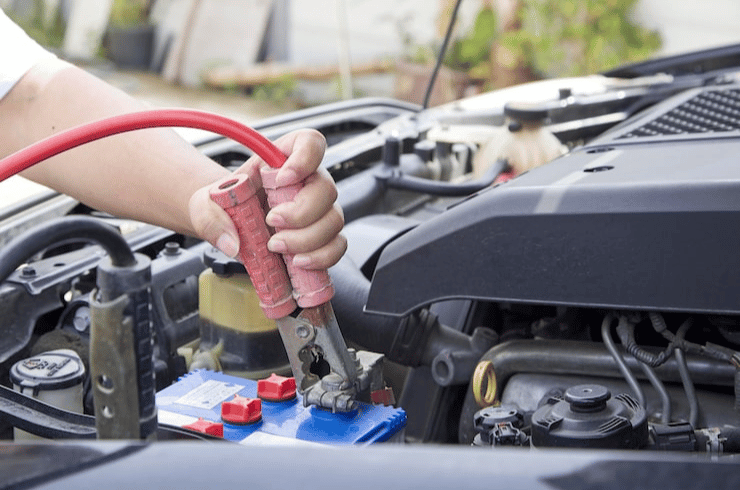What Are Battery Terminal Ends and What Do They Do?
Your car’s battery is essential for starting the engine, and the electricity flows from the battery to the starter and spark plugs through battery cables. These cables connect to the battery via clamps called battery terminal ends, which secure the cables firmly to the battery terminals. At Nationwide Mechanics, we connect you with trusted mobile mechanics who come to your location to inspect and replace battery terminal ends quickly and conveniently, saving you time and effort.
Over time, battery terminal ends can corrode, especially without regular maintenance. Both the terminals and terminal ends should be cleaned routinely to prevent corrosion buildup. If a terminal end fails, the cable can loosen, interrupting the electrical flow needed for starting the vehicle. A failed terminal end means the car will not crank if it is off; if it fails while driving, the engine will keep running, but the car will not start again until the connection is restored.
Common Symptoms of Bad Battery Terminal Ends
- Green or white corrosion around battery terminals
- Battery warning light illuminated on the dashboard
- Vehicle will not crank or start
Importance of Battery Terminal Ends Replacement
A constant, secure connection between battery cables and terminals is critical for vehicle starting. While a bad terminal end won’t stop a running engine, it prevents restarting once the engine is turned off. Regular inspection and timely replacement of damaged terminal ends are key to avoiding unexpected no-start situations.
How It’s Done with Nationwide Mechanics
Our mobile mechanics provide efficient battery terminal end replacement at your convenience, often at a lower cost than traditional shops or dealerships. The general procedure includes:
- Verifying the need for terminal end replacement
- Disconnecting the battery terminals
- Removing defective terminal ends by cutting cables or unbolting
- Cleaning battery terminals
- Installing new terminal ends on cables and reconnecting to the battery
- Tightening terminal ends securely and applying battery protection spray
- Testing the vehicle by starting the engine to ensure proper operation
Causes of Faulty Battery Terminal Ends
- Corrosion buildup from moisture and road salt exposure
- Loose or damaged connections
- Age-related wear and tear on terminal ends
Keep in Mind
Battery terminal ends should be inspected and maintained during all regular service intervals to prolong their life and prevent corrosion-related failures. They are crucial for the battery’s connection to the vehicle’s charging system, enabling proper electrical flow for engine cranking and battery charging by the alternator. Over time, corrosion can degrade terminal ends, making professional inspection and maintenance essential for vehicle reliability.




